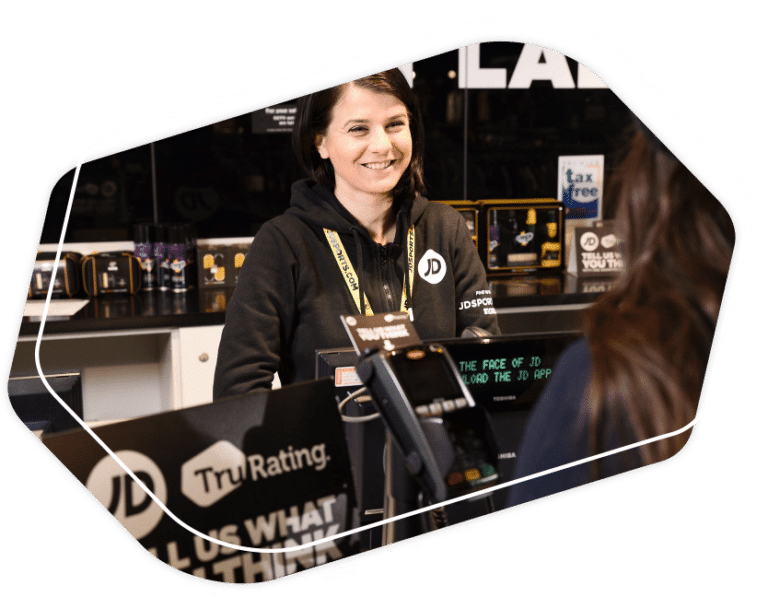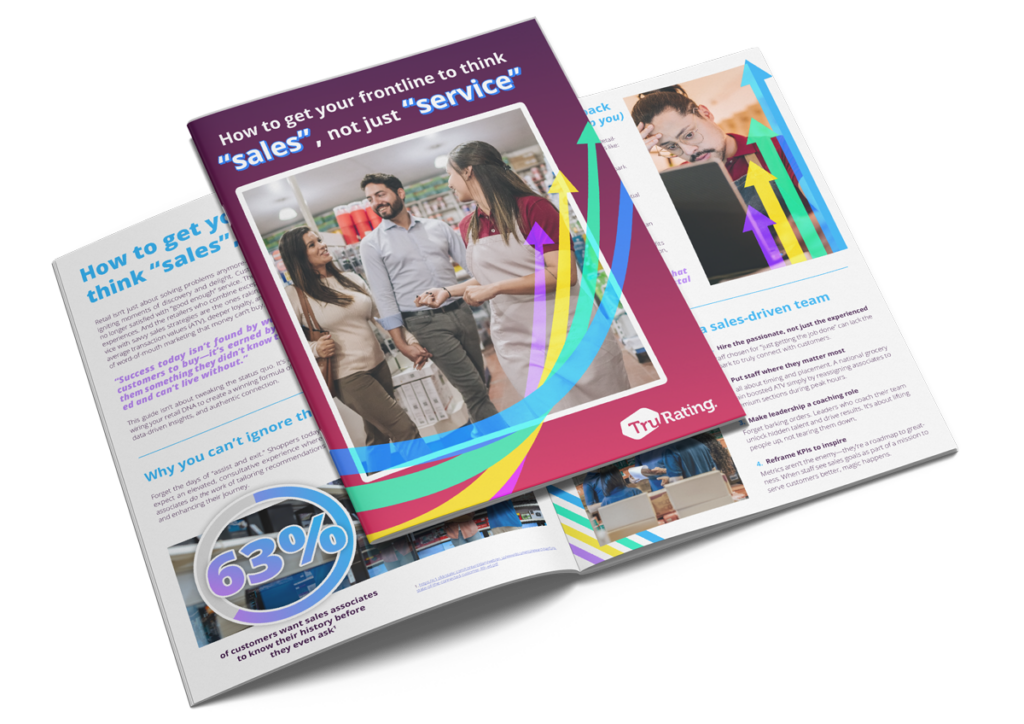Top retail influencer and friend of TruRating Andrew Busby, recently celebrated the publication of his first book: Harry Was Right All Along is a collection of short stories from the high street, tracing the ups and downs of the ‘profoundly human’ business of retail.
Writing with an experts eye for detail, the collection offers “a refreshing and thought provoking insight into the rapidly evolving high-street from a skilled practitioner”. Containing a selection of some of Andrew’s best writing from across the various platforms he contributes to, including Forbes, Retail Reflections and Retail Week, it’s an essential read for anyone with an interest in contemporary retail trends.
We suggest that you immediately buy your own copy before enjoying a taster below in the form of an article that may just contain a little reference to a certain company we know and love.
“How Did I Do?”, originally published in Forbes magazine, February 6th 2019.
Based on my last Forbes article, how likely are you to recommend me to a friend on a scale of zero to ten?
Sounds familiar?
They can be found everywhere; they even appear when we’re asleep, they ambush us when we’re least expecting them and they drive us crazy.
You know what I’m talking about, customer satisfaction surveys of course. They have become part and parcel of almost every consumer (and more besides) interaction we ever have. But are they really effective?
The last time I flew to the U.S. earlier last month, I received a survey via email from the airline asking how the flight had been and that was before I’d even landed!
My personal favorite, however, is of one at the exit of the public toilets at Victoria Station in London with the caption ‘did our facilities meet your expectations?’. Yes, they did thank you, I expected them to be gross and they were.
Which goes to show that the question being asked and the context in which it is being asked matter. A lot.
Car manufacturers have embraced customer surveys with a vengeance. When collecting my car from having its annual service recently, I was asked to complete a survey and gave them an overall eight out of ten, which I thought was pretty good.
‘Oh sir’, came the response, ‘why have you marked us so low?’ It transpired that anything other than a ten would result in the dealer being taken to task by the manufacturer.
This to me would appear to be a fairly pointless exercise, obfuscating any real underlying issues. Seeking feedback in this fashion to satisfy some opaque corporate metrics seems to be the very opposite of customer centricity.
Customer Sentiment In Store
All this is giving rise to a new retail metric, perhaps the most critical one of all, namely, how is my customer feeling? The days of running a retail business on sales per square foot alone are rapidly receding.
Savvy retailers are now realizing that understanding customer sentiment drives something far greater than just short term sales figures.
To help understand this, I spoke to Georgina Nelson, Founder and CEO of feedback company TruRating.
‘Traditionally, there has been something of a disconnect between customer experience and store operations’ she says, adding ‘how do you operationalize customer experience in the store?’
Eschewing the traditional means of capturing customer sentiment that most review sites provide, capturing customer sentiment in real time at the point of purchase has proven to be very revealing for online purchases and in-store alike, but it is in identifying gaps in the latter experience where much of the interest lies.
“It’s not just about spend in the moment, it’s about the customer’s propensity to come back and spend more.”
Georgina Nelson, Founder and CEO, TruRating
And with an astonishing 85% response rate, it is proving to be a pretty accurate barometer of store performance linked to the customer experience.
Georgina gives the example of one customer, London based Chinese restaurant chain Ping Pong, who now have had more ratings than Disneyworld!
Intriguingly, just asking one simple (anonymized) question at the point of transaction is providing insights which have their roots in psychology more than anything else.
Just addressing the customer by name, for example, has shown a 30% increase in average transaction value.
In the relentlessly competitive and challenging landscape in which retailers now find themselves, capturing customer sentiment might just be the difference between survival and oblivion.
Maybe I’ll ask the question again, how did I do?












